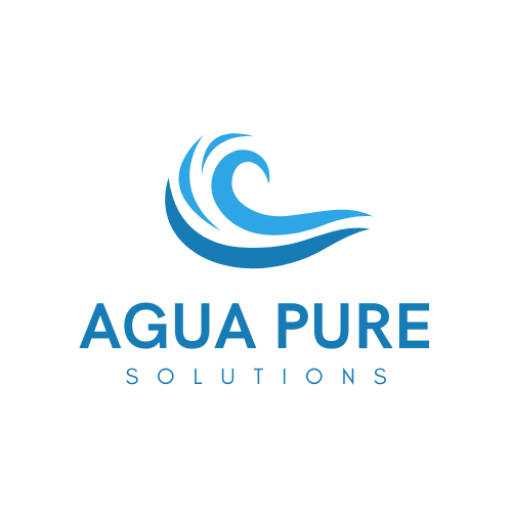THM (Total Trihalomethanes) in Water: Understanding the Risks and Solutions
Total Trihalomethanes (THMs) are a group of chemical compounds that can form in drinking water when chlorine reacts with organic matter. While chlorination is an essential part of water treatment, the presence of THMs in your drinking water could pose health risks. This guide explains what THMs are, how they affect your health, and the best ways to reduce their levels in your water.
What Are THMs (Total Trihalomethanes)?
Understanding THMs and How They Form
Total Trihalomethanes (THMs) are chemical compounds that can form when chlorine or other disinfectants used in water treatment react with natural organic matter like leaves, decaying plant material, or algae in water sources. Common types of THMs include chloroform, bromodichloromethane, dibromochloromethane, and bromoform. While chlorine is used to disinfect drinking water and kill harmful pathogens, it can create these potentially harmful by-products.
Are THMs Harmful to Health?
Potential Health Risks of THMs in Drinking Water
Exposure to high levels of THMs over a prolonged period has been linked to several health risks. Some of the potential health effects include:
- Cancer Risk: Long-term exposure to high levels of THMs has been associated with an increased risk of bladder and colorectal cancer.
- Liver and Kidney Damage: Prolonged exposure can affect liver and kidney function, leading to serious health complications.
- Reproductive Issues: THMs have been linked to adverse effects on reproduction and fetal development.
- Respiratory Issues: Breathing in THMs, particularly during showers or baths, can irritate the respiratory system.
It’s important to note that the risks are generally associated with long-term exposure to high levels of THMs. Short-term exposure is typically not considered hazardous at the levels found in most municipal water supplies.
How to Reduce THMs in Your Drinking Water
Effective Solutions to Lower THM Levels
There are several ways to reduce THM levels in your water:
- Activated Carbon Filters: Activated carbon filters are one of the most effective methods for removing THMs. They work by adsorbing the chemical compounds, thus purifying the water. These filters can be installed on faucets or as part of an under-sink filtration system.
- Reverse Osmosis Systems: Reverse osmosis is another excellent method for removing THMs. These systems filter out contaminants on a molecular level, including THMs, heavy metals, and other harmful substances.
- Boiling Water: While boiling water can kill bacteria and pathogens, it does not remove THMs. In fact, boiling water may actually increase the concentration of THMs, as the evaporation process can leave these compounds behind.
- Letting Water Sit: If you’re concerned about THMs, letting tap water sit in an open container for a few hours before using it can help, as some THMs will evaporate over time. However, this method is not as effective as using a filtration system.
If you live in an area with high levels of THMs in the water, it’s essential to consider installing a filtration system to ensure the water is safe for consumption.
THMs in Irish Drinking Water: What You Should Know
Monitoring and Managing THMs in Ireland
In Ireland, drinking water is treated with chlorine to ensure it is safe for consumption. However, like in many countries, THMs can form as a by-product of chlorination. The Environmental Protection Agency (EPA) in Ireland sets regulations to ensure that THM levels remain within safe limits. Despite this, some areas may still have higher concentrations of THMs, particularly in areas with poor water quality or where water treatment is inconsistent.
It’s a good idea to check your local water quality reports to understand the THM levels in your area. If you are concerned about THMs in your drinking water, consider having your water tested by a professional.
Protect Your Health from THMs in Drinking Water
Safeguard Your Water Quality with Proper Filtration
While THMs are present in most chlorinated drinking water, the levels are generally regulated and kept within safe limits. However, long-term exposure to high levels of THMs can pose health risks. By using a reliable water filtration system, such as an activated carbon filter or reverse osmosis system, you can reduce THM concentrations and ensure that your drinking water is as clean and safe as possible. If you’re concerned about THMs or the water quality in your area, take proactive steps to safeguard your health and your family’s well-being.
